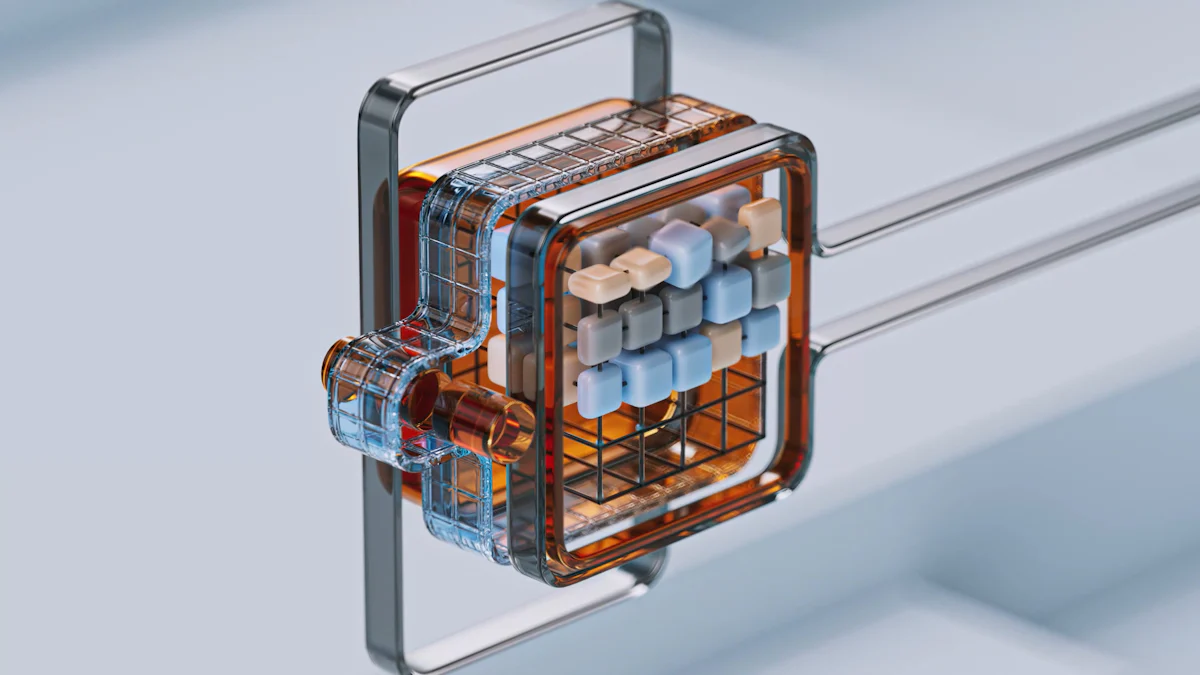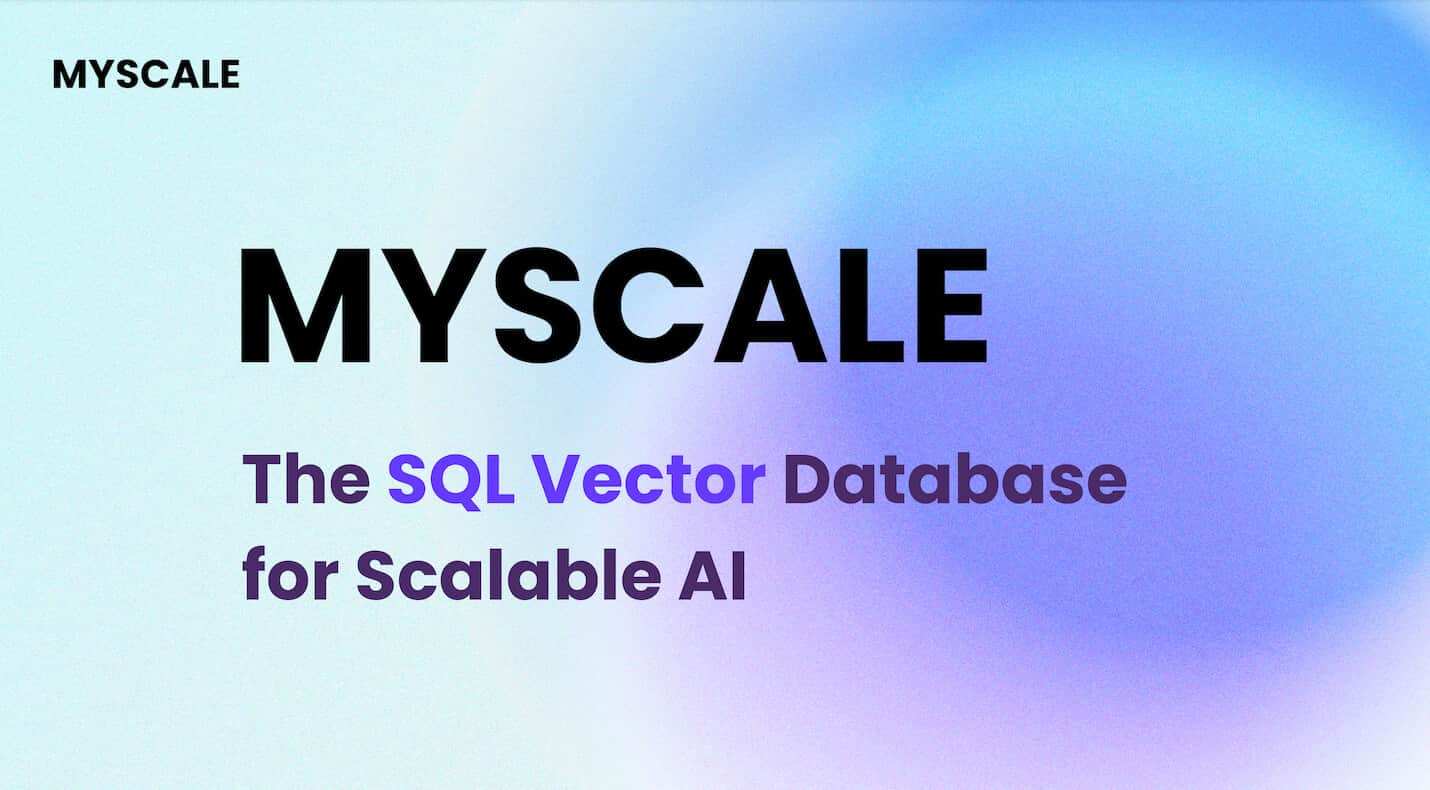
Quantization in deep learning involves reducing the precision of numerical values (opens new window) in a model, typically from high-precision floating-point to lower-precision integers. This process is crucial for model size reduction (opens new window) and faster training, optimizing computational efficiency without compromising accuracy. Hugging Face (opens new window) plays a pivotal role in model quantization, offering efficient kernels for GPU and CPU inference. By integrating with tools like Bitsandbytes (opens new window), Hugging Face simplifies the quantization process, making it accessible with just a few lines of code.
# GPTQ Quantization
# Introduction to GPTQ
GPTQ, short for "Generative Pre-trained Transformer Quantization," is a cutting-edge quantization technique that revolutionizes the compression of large language models. It adopts a unique quantization scheme (opens new window) where model weights are quantized as int4, while activations remain in float16. This method aims to enhance the efficiency of large language systems without compromising their performance.
# Definition and purpose
The GPTQ method focuses on optimizing the precision data type used in models, specifically targeting the reduction of model size through intelligent quantization parameters. By strategically choosing which parts of the model to quantize, GPTQ achieves significant compression benefits while maintaining computational accuracy.
# Benefits of GPTQ Quantization
Efficient Compression: GPTQ improves upon existing quantization methods by employing arbitrary weight order and lazy batch updates, leading to over 2x higher compression rates (opens new window) compared to previous techniques.
Enhanced Scalability: With a Cholesky reformulation that scales efficiently to massive models, GPTQ ensures seamless integration with diverse model architectures.
Optimized Performance: By fine-tuning the quantization scheme, GPTQ maximizes computational efficiency without sacrificing the quality of model inference.
# Quantization Techniques
# AWQ algorithm
The AWQ algorithm plays a pivotal role in determining how quantization parameters are computed within the model. By dynamically adjusting these parameters during training, AWQ optimizes the quantization process for enhanced precision and performance.
# Independent row quantization
In independent row quantization, each row of the model's weight matrix is individually optimized for reduced precision. This technique allows for finer control over the quantization type, ensuring that each component contributes effectively to overall model compression.
# Calibration Methods
# Maximum absolute value distribution
By analyzing the maximum absolute values present in the model's distribution, calibration methods like maximum absolute value distribution determine suitable thresholds for precise quantization. This approach enhances the accuracy of compressed models while minimizing information loss.
# Minimizing KL divergence (opens new window)
Minimizing Kullback-Leibler (KL) divergence between original and quantized distributions serves as a key strategy in refining calibration methods. By aligning these distributions effectively, KL divergence minimization ensures that quantization schemes maintain fidelity to original data patterns.
# Hugging Face and Bitsandbytes
# Hugging Face Integration
Efficient kernels (opens new window) for GPU and CPU
Hugging Face's integration with Bitsandbytes library makes model quantization more accessible and user-friendly. By providing efficient kernels optimized for both GPU and CPU, Hugging Face ensures seamless deployment of quantized models across diverse computational platforms.
ORTQuantizer (opens new window) class
Within the Hugging Face ecosystem, the ORTQuantizer class plays a crucial role in post-training static quantization. This class enables users to quantize ONNX models efficiently, leveraging pre-trained configurations to simplify the quantization process further.
# Bitsandbytes Integration
Overview of bitsandbytes
The Bitsandbytes library offers a comprehensive suite of tools for model quantization, enhancing the capabilities of Hugging Face's transformers. By integrating with Bitsandbytes, users gain access to advanced quantization methods that optimize model performance while reducing computational overhead.
Benefits and use cases
Bitsandbytes integration with Hugging Face facilitates the seamless deployment of large models through affine quantization techniques. This collaboration empowers users to compute precise quantization parameters, ensuring optimal model compression without compromising inference accuracy.
# Nested Quantization
Explanation and benefits
Nested quantization represents a novel approach to further compressing models by hierarchically optimizing quantization levels within different model components. This technique enhances model efficiency by tailoring precision levels to specific data distributions, maximizing compression benefits.
Implementation steps
To implement nested quantization effectively, users can leverage optional calibration methods such as minimizing KL divergence or utilizing maximum absolute value distribution analysis. These steps ensure that the quantized model maintains fidelity to the original data patterns while achieving significant size reduction.
# Loading a Quantized Model
# Steps to Load a Model
To load a quantized model effectively, users can follow a structured approach that ensures seamless integration and optimal performance. By creating a GPTQConfig with specific parameters, the quantization process becomes more streamlined and efficient.
Creating GPTQConfig: Begin by defining a GPTQConfig object that encapsulates essential details for loading the quantized model. Specify the desired precision level, calibration methods, and any additional configurations necessary for accurate model reconstruction.
Dataset for calibration: Utilize a designated dataset tailored for calibration purposes to fine-tune the quantization process. This dataset serves as a reference point for adjusting precision thresholds and optimizing the model's performance post-quantization.
# Push Quantized Model to Hub
Sharing quantized models on the Hub enables broader accessibility and collaboration within the data science community. By following straightforward steps, users can effortlessly contribute their quantized models for others to leverage.
Steps to push a model: Naively utilize the push_to_hub method to share your quantized model seamlessly. This process involves uploading both the quantization configuration file and the quantized model weights (opens new window) to ensure comprehensive access for other users.
Benefits of sharing models: Collaborating on the Hub fosters knowledge exchange and accelerates innovation in the field of model quantization. By sharing insights, techniques, and optimized models, contributors enhance collective learning and drive advancements in computational efficiency.
# Resources and Support
Accessing resources and community support is instrumental in navigating complex processes like model quantization effectively. Leveraging documentation, tutorials, and peer assistance empowers users to overcome challenges and maximize their potential in this domain.
Documentation and tutorials: Explore comprehensive documentation and interactive tutorials provided by Hugging Face to deepen your understanding of model quantization techniques. These resources offer practical insights, best practices, and step-by-step guides for successful implementation.
Community support: Engage with a vibrant community of data scientists, developers, and researchers dedicated to advancing model quantization practices. Seek advice, share experiences, and collaborate on projects to harness collective expertise and drive continuous improvement in this evolving field.
Model quantization, a technique that reduces model size (opens new window) by converting weights to lower-precision representations, is pivotal for enhancing computational efficiency. By compressing models without compromising accuracy, quantization accelerates inference speed significantly. The key techniques and tools discussed, such as GPTQ Quantization and calibration methods like maximum absolute value distribution, offer valuable insights into optimizing model performance. Looking ahead, continuous exploration of novel quantization methods and collaborative efforts within the Bitsandbytes library community will drive advancements in model quantization practices.



